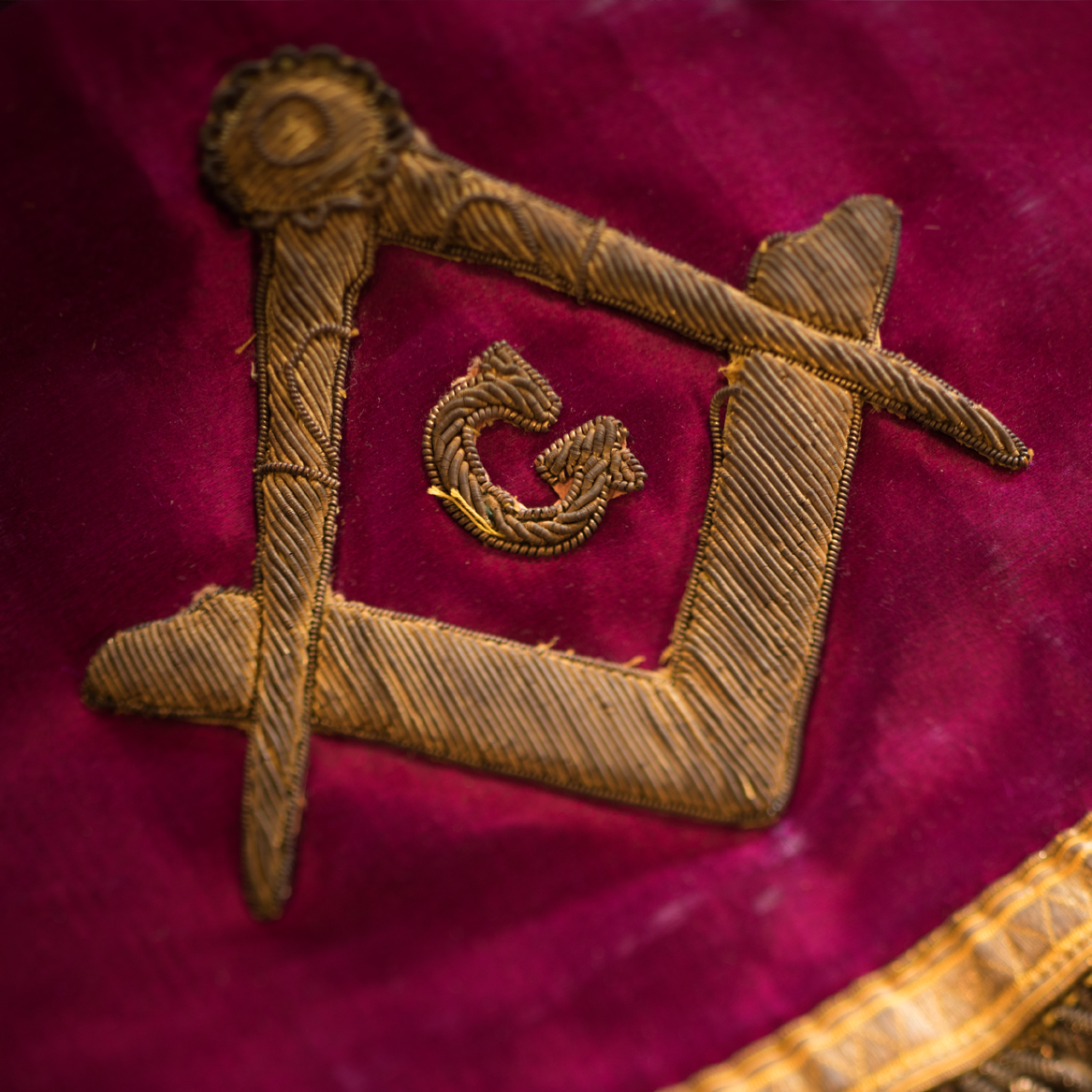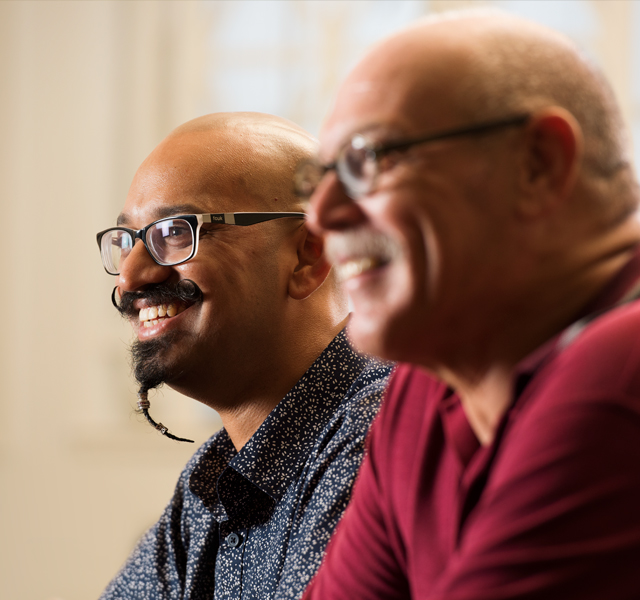The Best Guide to Understanding How to Become a Freemason Quickly
Wiki Article
Discovering the Mysteries of the copyright: What You Required to Know
The copyright, a term usually shrouded in intrigue and dispute, represents an intricate tapestry of historical truth and modern misconception. Established in the late 18th century, this secret society was originally rooted in the Enlightenment's perfects but has actually because come to be synonymous with conspiracy theory concepts regarding elite control. As we browse the origins, essential numbers, and the stark comparison in between myth and truth, one have to consider exactly how these stories influence contemporary assumptions of power and privacy. What could be revealed with a more detailed evaluation of these aspects can test long-held assumptions regarding the darkness that stick around in our society.Origins of the copyright
The origins of the copyright are steeped in a blend of historical intrigue and ideological fervor. Established in 1776 in Ingolstadt, Bavaria, by Adam Weishaupt, the team was at first created as a secret culture focused on advertising Knowledge perfects such as factor, secularism, and the splitting up of church and state. join freemason. Weishaupt, a teacher of canon regulation, looked for to test the dominating authority of the church and state, which he deemed overbearing establishments suppressing intellectual and individual libertyThe copyright looked for to hire prominent members from different societal industries, including politics, academic community, and the arts, to cultivate a network committed to these Knowledge concepts. The culture run under a veil of secrecy, employing coded language and rituals to shield its participants from mistreatment, particularly provided the repressive climate of the moment. The copyright encountered considerable opposition from both governmental authorities and religious establishments, which checked out the group as a threat to their power.
Trick Figures and Members
That were the essential figures that formed the copyright's very early influence and instructions? The Bavarian copyright, established in 1776 by Adam Weishaupt, became a feedback to the overbearing societal frameworks of the time. Weishaupt, a regulation professor, envisioned the company as a way to advertise Enlightenment ideals such as factor, secularism, and equality. His first recruitment initiatives included significant intellectuals, such as Baron von Knigge, that played a vital function in increasing the group's membership and business structure.An additional significant number was Johann Gottlieb Fichte, a prominent thinker whose ideas on nationalism and education reverberated with the copyright's goals. Fichte was not a formal participant, his thoughtful foundations affected the team's ideology. Furthermore, numbers like the writer and theorist Johann Wolfgang von Goethe were linked with the broader intellectual motions of the moment, although their straight participation with the copyright remains disputed.
These vital figures added to the copyright's early instructions, pressing the borders of political and social thought, while their collective efforts intended to test established norms and promote a climate of dynamic modification in Europe. (join freemason)
Myths vs. Reality
Lots of misconceptions border the copyright, usually blending fact with fiction in such a way that covers its true nature. This secret culture, originally established in 1776 in Bavaria, intended to advertise Knowledge suitables and fight religious and political fascism. The notion that the copyright remains to put in considerable influence over globe occasions is a misconception. While the team did exist, it was disbanded in the late 18th century and has not run as a cohesive entity because after that.Another prevalent misconception is that the copyright comprises a network of elite people controling global events. In truth, several conspiracy theory concepts exaggerate the group's relevance, associating unfounded intentions to societal patterns and occasions. This has resulted in an my explanation oversimplified sight of complicated problems.
In addition, the representation of the copyright in preferred society usually further distorts its legacy. Movies and literature often tend to sensationalize the organization's role, creating a narrative that deviates from historical truths. Understanding the difference in between the myths and the truth of the copyright is crucial for discerning the genuine effect of this historic team and identifying the wider effects of conspiracy theories in contemporary society.

Modern Interpretations
Contemporary interpretations of the copyright commonly reflect wider societal anxiousness and a fascination with secrecy and power. This contemporary lens regularly associates the copyright with conspiracy theories that suggest a concealed elite orchestrates world events, controling governments and economic climates for their own gain. Such stories use a deep-rooted mistrust of authority, specifically in times of situation or social upheaval.In popular culture, the copyright is commonly depicted as a divine company shrouded in enigma, bring about a huge selection of fictional portrayals in literature, film, and music. This representation serves not just to entertain but additionally to prompt considered the nature of power and control in contemporary society. Social network has actually better intensified these interpretations, permitting quick circulation of conspiracy theory concepts and producing neighborhoods that share and increase upon these ideas.
Furthermore, some modern analyses mount the copyright as an allegory for the complexities of globalization and the interconnectedness of prominent people and companies. This perspective urges a vital assessment of how power dynamics operate in today's globe, highlighting the balance between transparency and secrecy in administration and company practices.
Cultural Effect and Tradition
Influenced by centuries of intrigue, the cultural impact and heritage of the copyright prolong far beyond its historic beginnings. This secret culture, developed in the late 18th century, has actually penetrated various aspects of preferred culture, from literary works and movie to music and art. join freemason. The idea of the copyright has actually developed into a symbol of conspiracy theory concepts, frequently representing a regarded hidden power adjusting worldwide eventsIn literary works, authors like Dan Brown have woven the copyright into complex stories, exciting viewers with themes of secrecy and power. Films such as check out this site "National Treasure" and "The Da Vinci Code" additionally bolster the allure of the society, mixing truth with fiction to produce engaging stories.

Inevitably, the copyright's tradition is an intricate tapestry of myth and reality, forming perceptions of privacy and control in contemporary discussion. Its enduring visibility in culture emphasizes humanity's seasonal mission for understanding concealed truths.

Conclusion
The exploration of the copyright discloses an intricate interaction between historic realities and modern-day myth-making. Established in the Enlightenment period, this culture intended Visit This Link to challenge overbearing frameworks, yet its tradition has actually been eclipsed by conspiracy theory theories that recommend elite control. Recognizing the distinctions in between the original perfects and contemporary interpretations is essential for understanding the enduring fascination with the copyright and its substantial influence on social stories surrounding power and privacy in culture.Report this wiki page